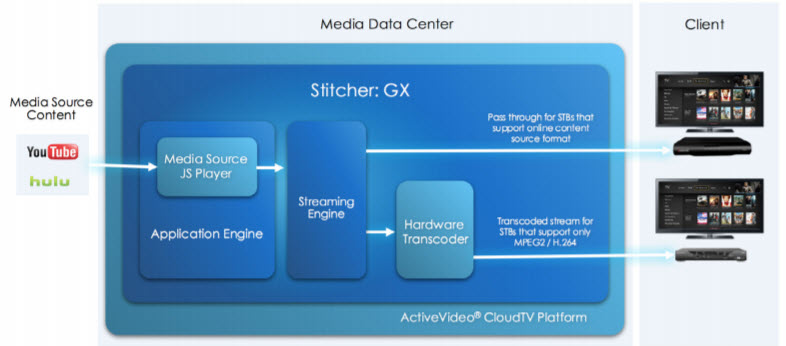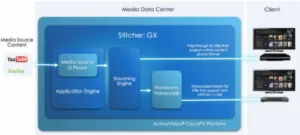The other day, I was reading an article that was complaining about the relative lack of development in Smart TV technology recently. It got me thinking about how Smart TV is developing but also how developments might affect the STB market and development.

There are a couple of sayings that go around the TV market that highlight the challenge for Smart TV. First ‘your smart TV is as intelligent as your three year old PC’. That’s a function of the cost pressures on TV makers. TVs are incredibly cheap – after all a 9.7″ iPad costs £549 in the UK. For that price, I could buy a 55″ Smart TV with HDR from LG. So, the cost of TVs is always as low as possible. Smart TV seems to be something of a ‘tick box’ item – there is not any real sense of easily comparing the performance of different systems and people don’t seem to be prepared to pay a significant premium for better performance (although there might be a premium for the top brands that is related to better performance).
The second issue is that the saying that “your smart TV becomes your stupid TV, two years later”. The life time of TV ownership is a good number of years, in the region of six to seven years these days, although older buyers probably still think in terms of ten years or more (at least in Europe). However, mobile devices have a typical life of perhaps half that, so users are accustomed to getting better and better performance all the time. So the smart TV seems slower and slower and as we have seen with a number of brands, technical changes in the delivery of services can mean that some applications stop working at all and have to be withdrawn.
As with Smart TV, so with STBs
STBs suffer from some of the same problems. Most STBs are supplied by operators on a rental model and so there is a huge investment needed if an operator wants to update its inventory. Although income is generated from the rentals, once the boxes are depreciated, almost all of the rental income is profit, so it’s hard to justify the huge cost of replacing the STBs. Of course, while part of the reason for operators supplying STBs is financial, the operators also like to control the user experience. We call this “the battle for the remote”. If you control which remote the viewer chooses for accessing VOD content or other services, the operator may be able to capture more income.
Several years ago, I first came across the idea of the ‘STB in the cloud’ – I think it was a meeting with ActiveVideo Networks at CES in 2010 and then later that year at a conference in China. The company had a cloud-based approach to creating a video stream in a rack of servers and using a thin client at the set to show the rendered video stream. This has the advantage that the operator can control updates, but can also upgrade services without having to roll out boxes to consumers. ActiveVideo had some success with Ziggo in the Netherlands and Liberty Global in Europe in 2013. That allowed Ziggo to offer ‘box-less’ services as long ago as 2013.
Back in 2014, ActiveVideo told us at IBC that it had found really big advantages in dealing with peak loads at the server level and that as a result, it could support a lot of users, with a ‘capex per user’ of $1.– or less. The company told us that it could also do a better job of converting internet video, such as YouTube content, at the server end and then sending it down to the user as a broadcast stream rather than the user trying to do it over an internet connection. At that time, Charter of the US, a very large operator, was talking seriously to the company and in 2015, Charter and Arris bought the company which continues to operate as a separate organisation.
Looking at the list of clients shows that Philips, Funai (which sells Philips TVs in some regions) and Roku are CE partners of ActiveVideo, so the idea has been gaining momentum.
 ActiveVideo’s architecture to integrate internet video. Image:ActiveVideo
ActiveVideo’s architecture to integrate internet video. Image:ActiveVideo
It has seemed to me for a long time that this kind of architecture has an increasing value for smart TV. Much better to build the ‘intelligence’ in the middle and use technologies such as HTML5 to support the client end of things, rather than condemning the viewer to a three year old PC that gradually gets, relatively, slower. In this kind of architecture, you can, to some extent, decouple the viewer’s experience from the hardware in the set and extend the life of Smart TV electronics by a long time.
Of course, you also get the advantage that the same, or a similar interface, can be rolled out to other devices than just the STB or Smart TV, to tablets and smartphones.
The other way to solve the smart TV conundrum may be to use ‘casting’ – but that’s a topic for another day! – Bob Raikes

